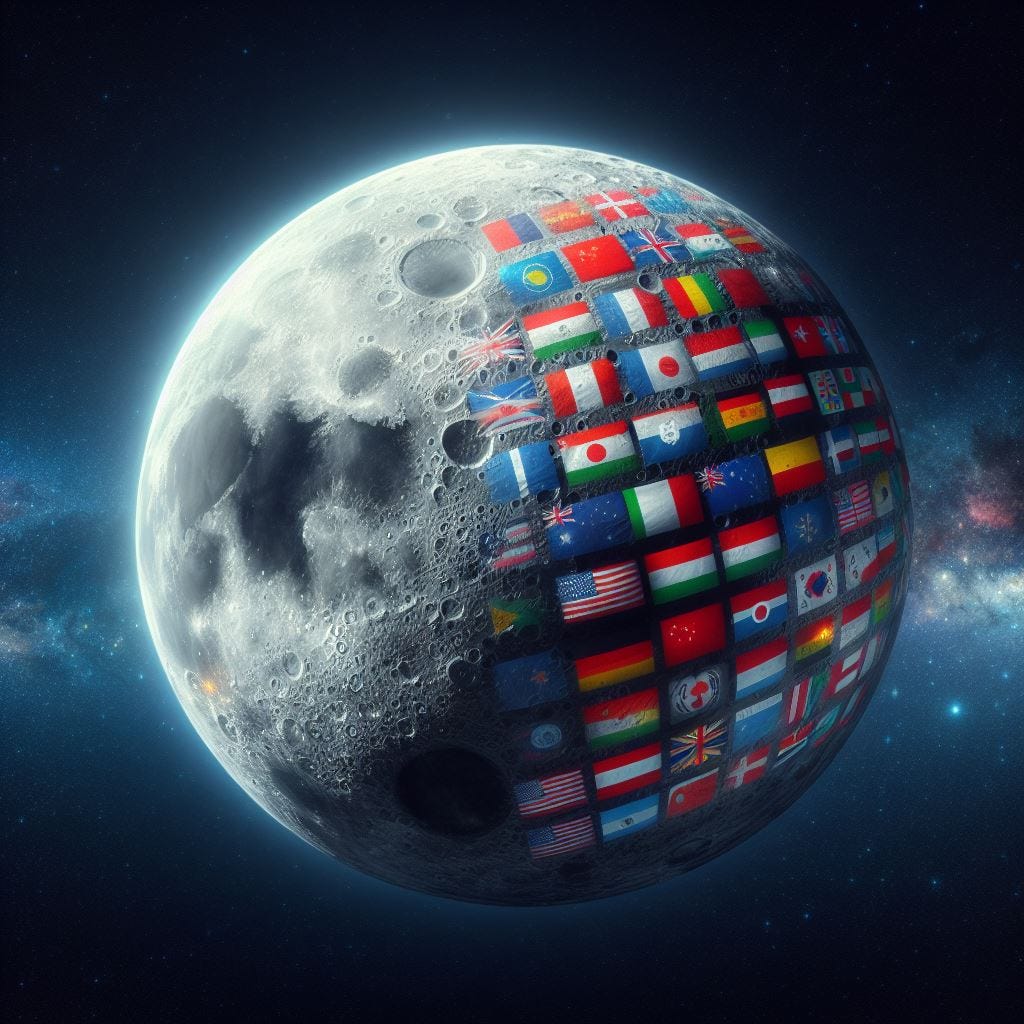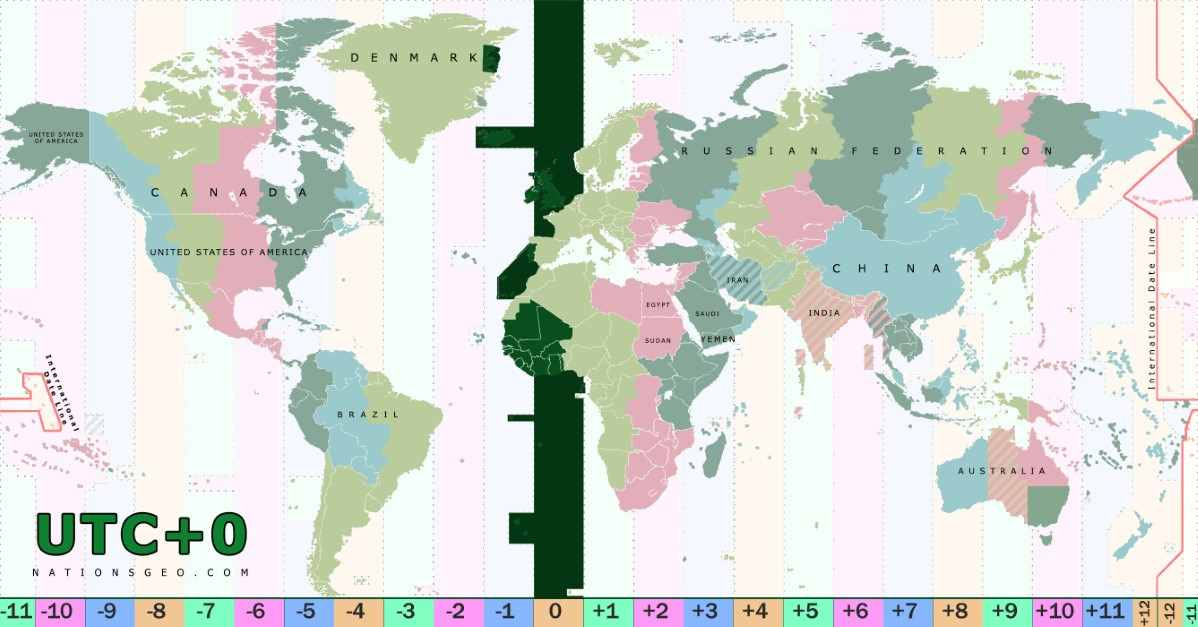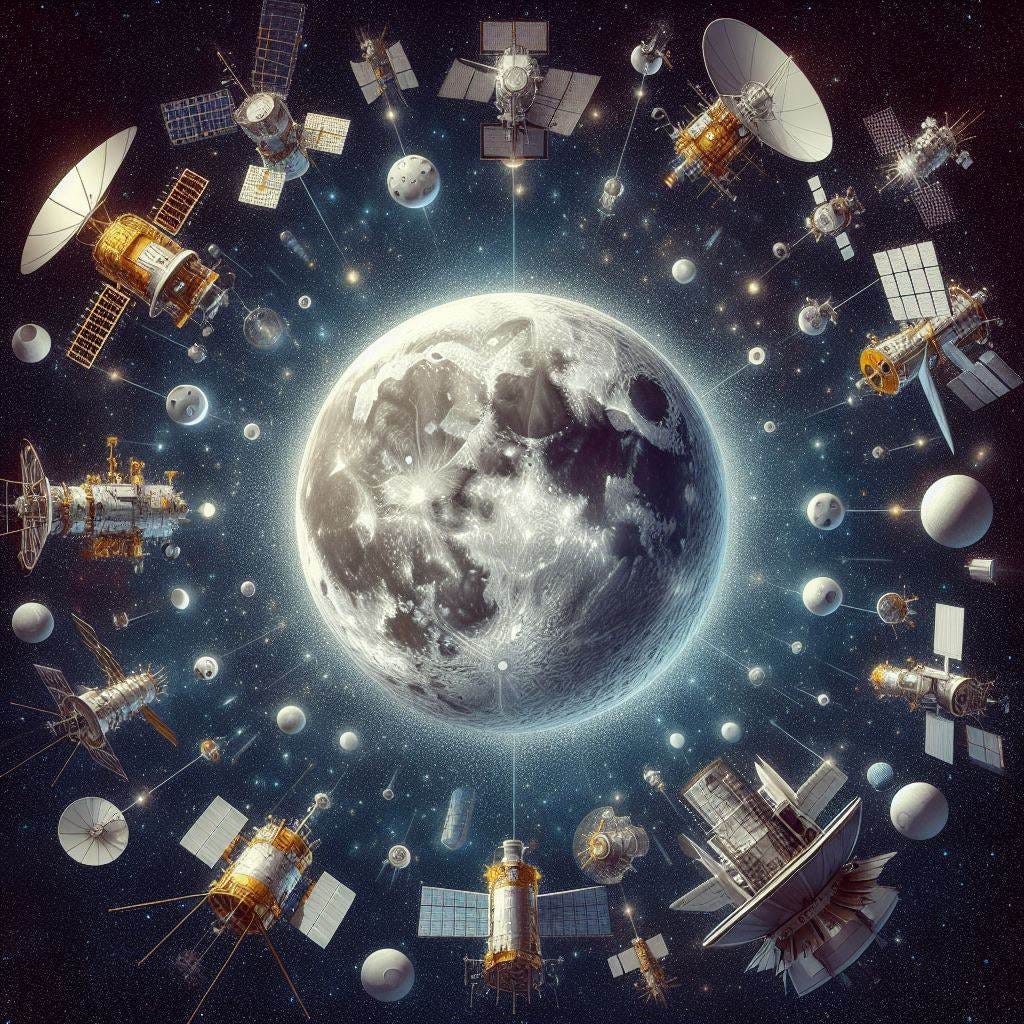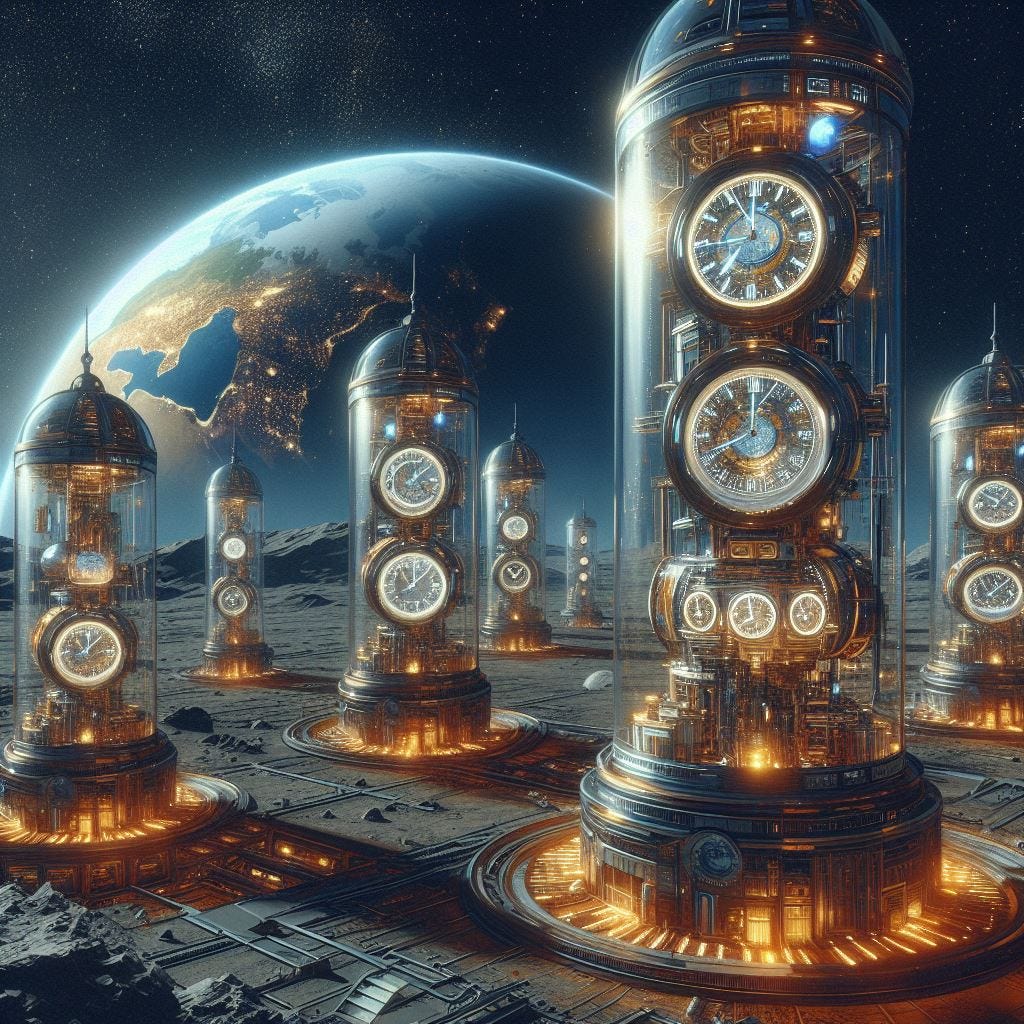Standardized Time for Lunar Operations
A Step Towards Synchronizing Activities on the Moon's Surface
The U.S. government has taken a significant step towards lunar exploration and coordination by instructing NASA to establish a standardized time system for the Moon. This directive, issued by the White House Office of Science and Technology Policy (OSTP), tasks NASA with collaborating with various U.S. government sectors to devise a plan for a "Coordinated Lunar Time" (LTC) by 2026. This initiative is intended to unify timekeeping for various international and private entities working on the lunar surface
The push for a lunar time standard underscores the growing need for a common framework as lunar activities increase. The OSTP has highlighted the necessity for this standardized time to facilitate smooth operations and collaborations among the diverse entities engaged in lunar missions.
How Exactly is Earth’s Time System Managed?
Earth operates under Coordinated Universal Time (UTC), governed by the International Bureau of Weights and Measures in Paris. UTC serves as the global benchmark for setting time across the world, relying on the collective output of over 400 atomic clocks worldwide. Atomic clocks measure time in terms of the resonant frequencies — the natural frequency of an object where it tends to vibrate at a higher amplitude — of atoms such as cesium-133. In atomic time, a second is defined as the period in which a caesium atom vibrates 9,192,631,770 times. As the vibration rates at which atoms absorb energy are highly stable and ultra-accurate, atomic clocks make for an excellent device for gauging the passage of time.
UTC forms the foundation for local time calculations globally. Countries adjust their time by adding or subtracting hours based on their position relative to the Greenwich meridian. If a country lies on the west of the Greenwich meridian, it has to subtract from the UTC, and if a country is located on the east of the meridian, it has to add. This adjustment is crucial for maintaining synchronized global activities across different time zones.
Why do we need a Time Standard for the Moon?
Establishing a time standard for the Moon is critical, as terrestrial timekeeping systems like Coordinated Universal Time (UTC) are inadequate for lunar conditions. Due to the principles laid out in Einstein's Theory of General Relativity, gravitational differences between the Earth and the Moon cause time to dilate differently on the lunar surface. Specifically, clocks on the Moon run marginally faster, ticking at an accelerated rate due to the Moon’s lower gravitational pull. This results in a differential of about 58.7 microseconds per Earth day, with additional periodic variations. This time discrepancy, although seemingly minute, has significant implications for precision tasks such as docking spacecraft, synchronizing data transmissions, and aligning communication and navigation systems.
Currently, mission teams for lunar expeditions adjust their clocks to a timescale derived from UTC. For example, operational teams for spacecraft like NASA's Lunar Reconnaissance Orbiter and ISRO’s Chandrayaan-2 Orbiter, which share similar polar lunar orbits, coordinate their operations to prevent orbital conflicts. They synchronize their mission clocks and trajectories by adjusting for discrepancies in their orbital calculations and timing systems. This method suffices for individual or minimal lunar missions; however, as lunar activity intensifies with multiple nations including India, China, and the U.S. planning extensive lunar explorations and settlements, the need for a standardized lunar time becomes paramount. The projected increase in lunar traffic and the potential development of permanent lunar bases underscore the urgency of establishing a Coordinated Lunar Time (CLT) to ensure operational harmony and safety for all lunar endeavors.
By creating a similar standardized system on the Moon, NASA aims to support a coordinated approach to lunar colonization and exploration. As international and private expeditions to the Moon become more frequent, having a unified lunar time standard will become increasingly vital to the success and efficiency of these missions.
How will a Lunar Time Standard be established?
The procedure for instituting a lunar time standard remains somewhat undefined. However, an official from the Office of Science and Technology Policy (OSTP) informed Reuters that, akin to Earth, atomic clocks might be utilized on the Moon to establish a consistent time standard.
A 2023 Nature journal report suggests the necessity of installing at least three atomic clocks on different areas of the Moon. These clocks would operate according to the unique temporal rhythm of the Moon, and their readings would be amalgamated using an algorithm to create a precise virtual clock. The placement of these clocks is crucial due to the Moon's rotation and the presence of mascons—concentrated areas of high mass under the Moon's surface that slightly affect the flow of time. Though these variations are subtle, the integration of data from these clocks would enable the establishment of an independent lunar time, which could then be synchronized with UTC to facilitate seamless coordination with Earth-based operations.
On Earth, the placement of atomic clocks varies across different latitudes to accommodate variations in rotational speed from the Equator to the poles, which influences time measurements. This is because Earth's rotation is faster at the Equator due to its greater circumference.
Hope you liked this article. In our next, article we will cover another fascinating topic in the field of rockets and space.






